Chip and run shot video
European Tour player Brett Rumford talks through how to play the greenside chip and run shot.
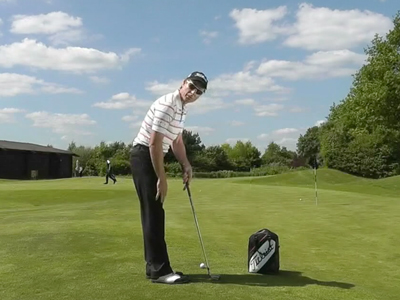

European Tour player Brett Rumford talks through how to play the greenside chip and run shot.
So you've managed your miss well and left the ball in the perfect spot off the green. A simple chip and run shot will salvage your par and keep the momentum of your round going. Use the tips below to visualise and execute one of the most important shots in the game.
Correct shot selection around the greens is essential. The first thing to do when you get to your ball is assess the lie, and decide what type of technique you're going to employ.
Is it a good lie that will let you pick it off the surface, or are you going to need to chop down on it a little bit if it's sitting down?
The next thing to do is assess how far you've got to carry the ball onto the green to where you can get it rolling like a putt as soon as possible.
The key here is at set-up, where I am trying to get the heel of the club off the ground. This makes the lie angle much steeper, and so to adjust for this you need to make a slight change to your grip.
The club should sit more in the pad of your left hand – more like a putting grip. This will remove a little bit of tension in the hands, allowing for more of a flowing stroke.
Get the Golf Monthly Newsletter
Subscribe to the Golf Monthly newsletter to stay up to date with all the latest tour news, equipment news, reviews, head-to-heads and buyer’s guides from our team of experienced experts.
The swing itself needs to be slow and soft. Feel as though the weight of the club is bringing it back to the ball through impact, skimming the surface. As you stand over the ball, concentrate on keeping your lower body nice and stable.
Lesson checklist
- Stand closer to the ball to set the heel of the club off the ground
- Adopt a putting grip
- Make a slow, soft swing

Tom Clarke joined Golf Monthly as a sub editor in 2009 being promoted to content editor in 2012 and then senior content editor in 2014, before becoming Sports Digital Editor for the Sport Vertical within Future in 2022. Tom currently looks after all the digital products that Golf Monthly produce including Strategy and Content Planning for the website and social media - Tom also assists the Cycling, Football, Rugby and Marine titles at Future. Tom plays off 16 and lists Augusta National (name drop), Old Head and Le Touessrok as the favourite courses he has played. Tom is an avid viewer of all golf content with a particularly in depth knowledge of the pro tour.
-
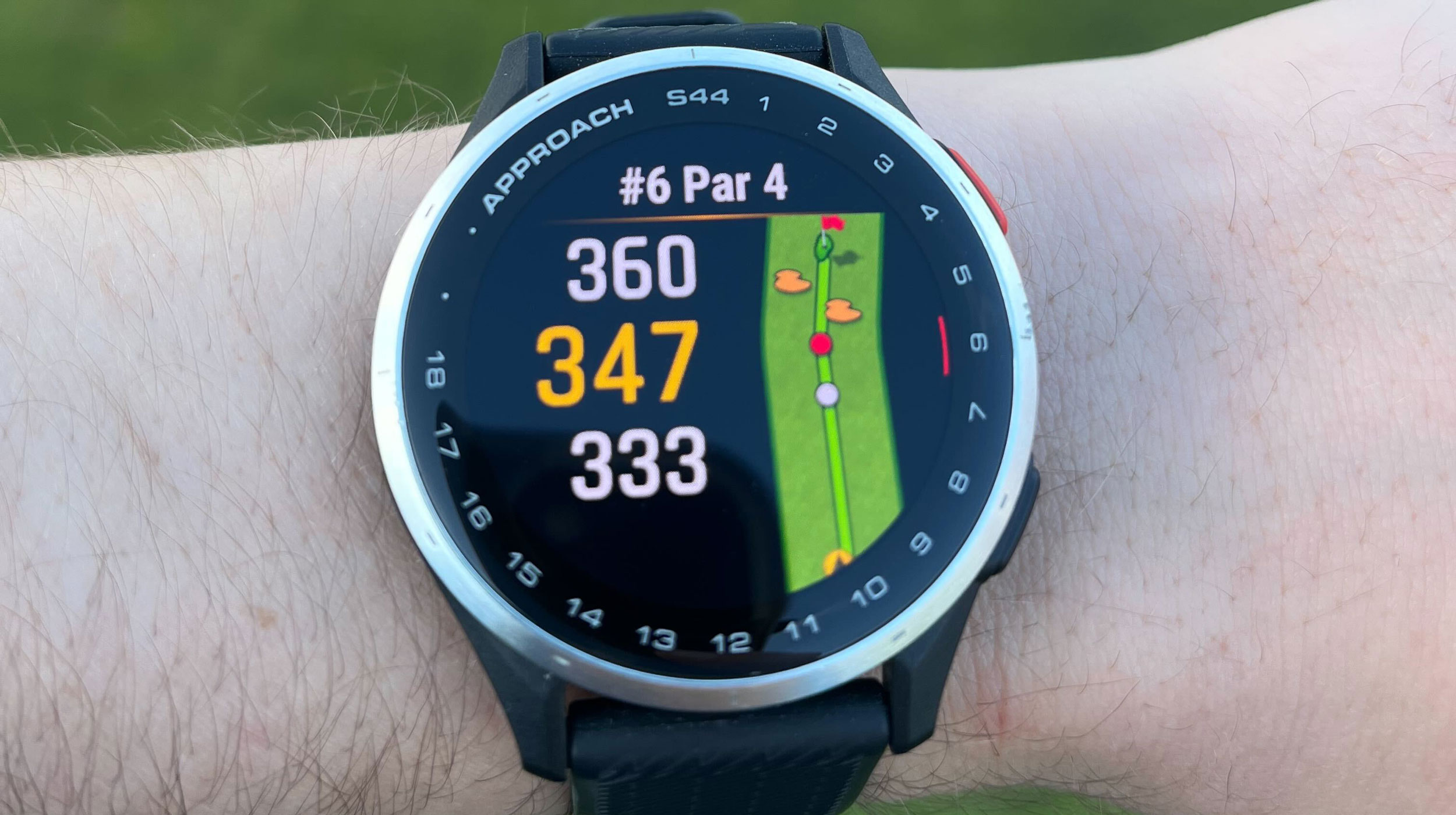 Garmin Approach S44 Golf Watch Review
Garmin Approach S44 Golf Watch ReviewHow does the latest installment in Garmin's golf smartwatch range perform both on and off the golf course?
By Conor Keenan
-
 LIV Golf Korea 2025 Picks, Odds And Predictions
LIV Golf Korea 2025 Picks, Odds And PredictionsAs the LIV Golf League arrives in Korea for the first time, check out the odds for the leading players and our picks to win this week
By Jonny Leighfield
-
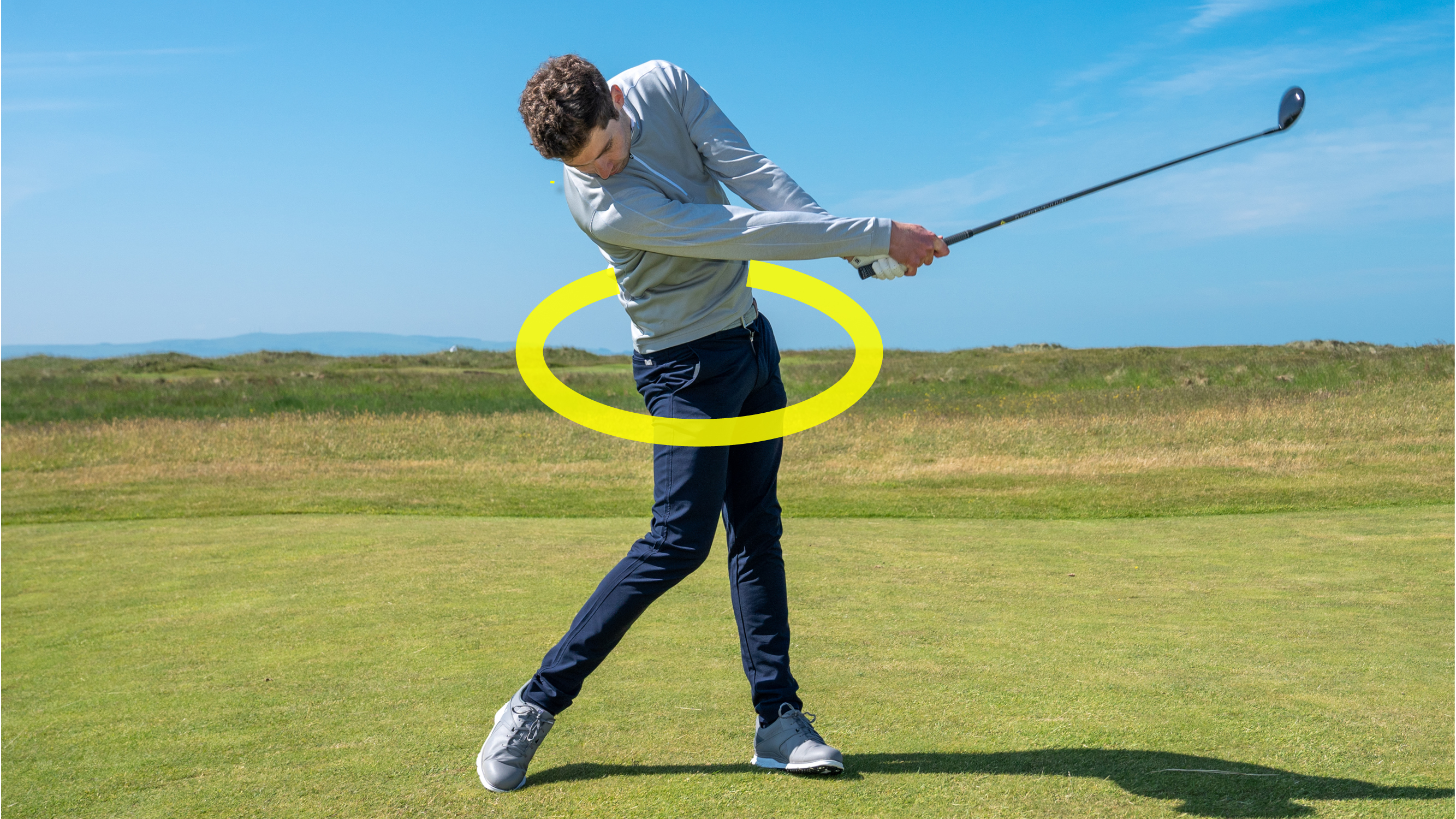 What Is Connection In The Golf Swing?
What Is Connection In The Golf Swing?We ask what Is connection in the golf swing and offer some simple tips for how to hone it
By Paul Foston
-
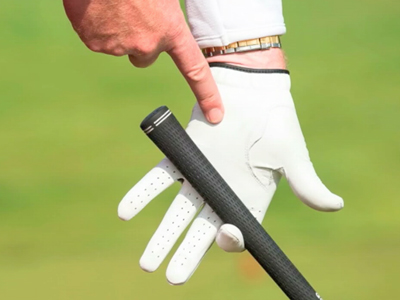 How Do You Grip A Golf Club?
How Do You Grip A Golf Club?'How do you grip a golf club?' is a question that so many beginners ask when taking up the game, but a quick refresh can be useful for golfers of all abilities
By Paul Foston
-
 What is 'coil' in the golf swing?
What is 'coil' in the golf swing?By Neil Tappin
-
 What is dynamic balance in golf?
What is dynamic balance in golf?By Neil Tappin
-
 What does 'trapped on the inside' mean?
What does 'trapped on the inside' mean?By Neil Tappin
-
 Golf chipping fault fixer
Golf chipping fault fixerGolf Monthly Top 25 coach Paul Foston brings you a chipping fault fixer to tidy up your short game around the green.
By Thomas Patrick Clarke
-
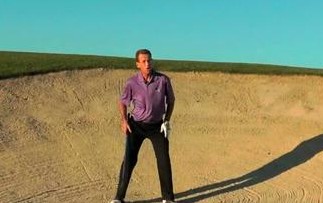 Release 'under' for better bunker shots
Release 'under' for better bunker shotsGolf tips: Golf Monthly Top 25 Coach Paul Foston explains the basic golf bunker technique for simple sand escapes
By Golf Monthly
-
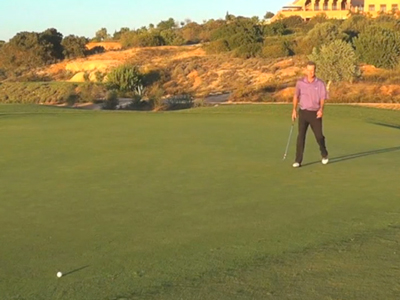 Putting through shadows video
Putting through shadows videoGolf Monthly Top 25 coach Paul Foston has some tips on putting through shadows and how to pick the correct line when the sun is low in the sky.
By Thomas Patrick Clarke